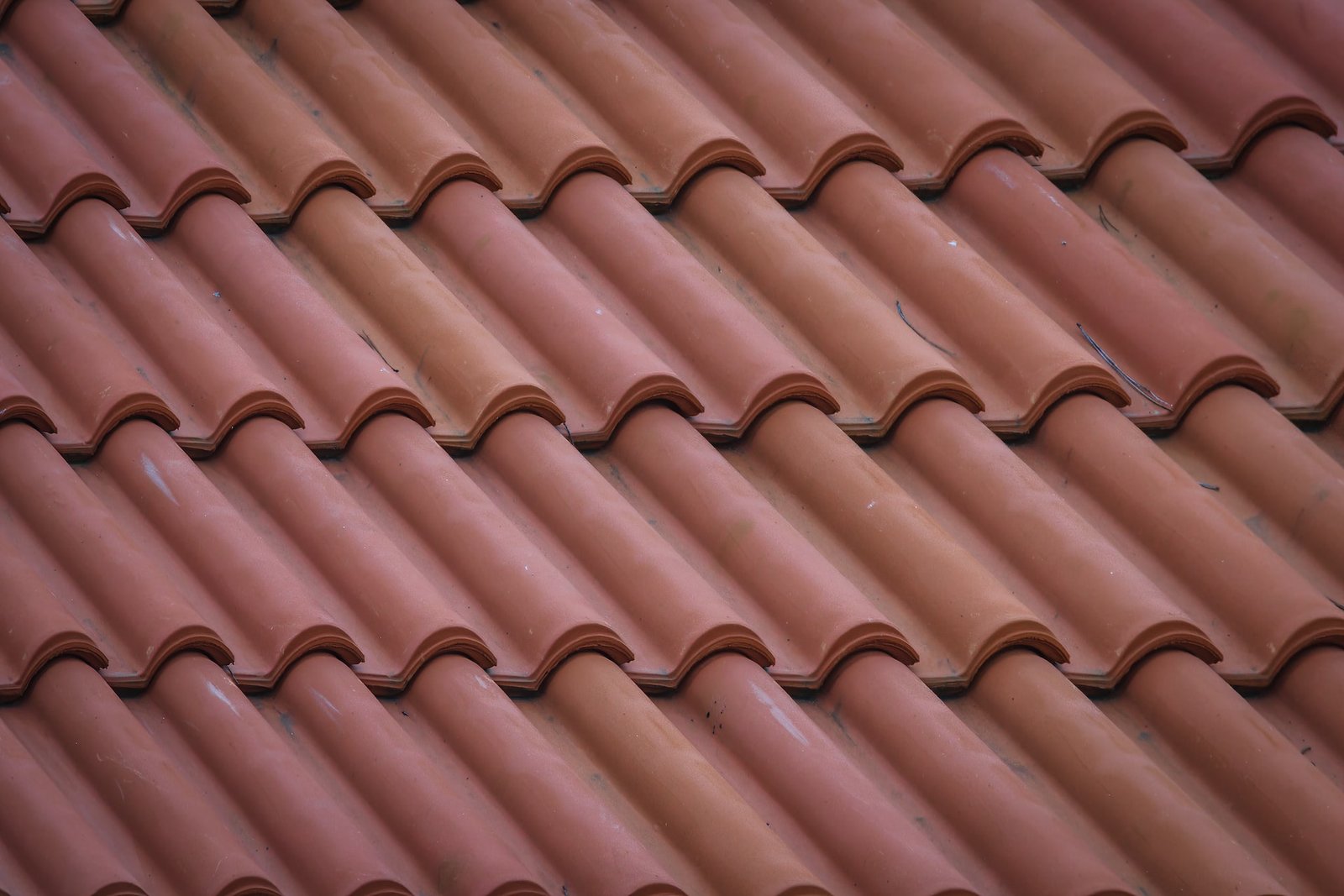Several types of roofing materials can be used on your home. Wood, metal, and synthetic shingles are just a few of the options you have. The kind of material you choose depends on several factors, including your personal preference and budget.
Rolling Roofing
Rolling roofing and siding materials are a great way to add a flat surface to your roof. They’re ideal for low-pitch roofs such as sheds and garages. However, they’re only suitable for some types of roofs. You might not want to install roll roofing if you have an occupied structure.
If you install roll roofing, you should know how to do it correctly. This means not only installing it properly but using the right tools. For example, you should install rolled roofing using a push broom rather than a shovel. It is critical that you pick a professional Seattle roofing company to install roll roofing. Another important tip is to apply the right kind of roofing cement. Roofing cement helps the materials stick together, preventing leaks. It also helps make sure that your nails are correctly placed.
Cedar Shingles
Cedar shingles are a great way to make your home look beautiful while providing you with a durable roof. They are made of wood and come in different grades, sizes, and colors to suit your style and budget. It can be an expensive choice, though, so you’ll need to know what you’re getting into.
One of the most common types of cedar shingles is the shake. These are made from round blocks of wood and are milled to form an irregular shape. Some shakes are hand shaped, while others are made with special machinery.
Another type of shingle is the straight grain. This grade is a good choice for homeowners who want a more contemporary look. It is the same as the flat grade; it is cut along the tree’s grain.
Synthetic Shingles
There are several styles of synthetic shingles. These are made of recycled materials, and they are more durable than other types of roofing shingles. However, they can also be costly. There are various options depending on your budget and your home’s location.
Synthetic shingles are made from a combination of rubber and plastic. They are fireproof, impact-resistant, and last decades. The material is lightweight and a great alternative to slate and clay. This means you will save money on energy costs.
These roofs are available in many colors and sizes. Depending on your budget and your home’s style, you can choose from traditional three-tab shingles to multi-dimensional “architectural” shingles.
The most popular type of shingle is the composite asphalt shingle. It is a low-maintenance option that looks like slate. It is also known as laminated shingles. Those who live in areas that have rainy climates will appreciate these shingles because they are resistant to rain.
Wood Shingles
If you’re looking for a new roof or siding, several options are available. The materials and installation must be suited to your needs. Choosing a suitable material for your home can significantly impact your house’s overall look.
Asphalt shingles are the most popular type of roofing shingle. They are lightweight and durable. They are sold in a variety of colors and sizes. Installing them is easy. Depending on the type of shingle you choose, the resulting roof can last up to 15 years or more.
Wood shingles are an ideal choice for steeply-pitched roofs. But they are not suitable for areas with harsh climates. So if you live where it rains often, consider a metal or composite shingle instead.
Also Read: How to Design a Daycare Playground
Metal Shingles
Metal shingles are becoming more and more popular as roofing materials. They offer many advantages, but there are a few things to consider before you install them in your home.
The most apparent advantage of metal shingles is their lifespan. Shingles are a low-maintenance, durable roofing material. While they are durable, they also require regular upkeep. In addition, asphalt shingles absorb water and will freeze in cold weather.
The other benefits include increased energy efficiency, higher durability, and lower maintenance cost. They are also highly reflective, dispersing radiant heat and reducing cooling system work.
A shingle roof costs about one-third to half as much as a metal roof. The price depends on the type of shingle you choose and its thickness.
